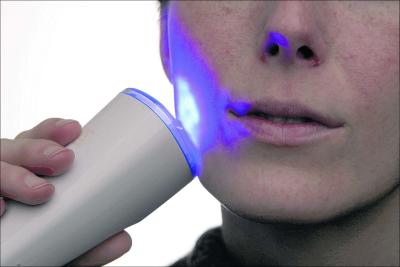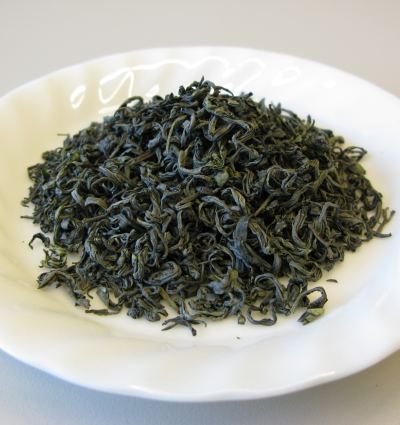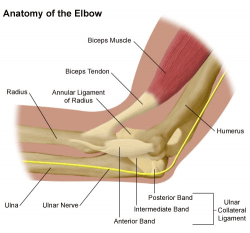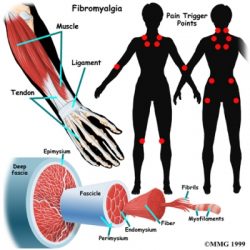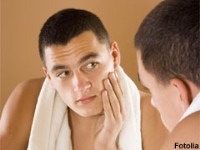In the war against her acne, Veronica Prudencio was losing.
Proactiv Solution, Clearasil, Murad, Neutrogena, grease-free diets, medical spa treatments, lemon juice, rice water facials — none of them worked. Not even remotely. She’d “spent thousands upon thousands of dollars, and tried everything,” says Prudencio, 21, a college student in Arlington, Va.
Then, at her “breaking point,” Prudencio decided to test out a newly approved treatment for persistent acne that dermatologists and patients alike describe as a breakthrough. In photopneumatic therapy, the skin is suctioned with a vacuum-like device, bringing the bad stuff to the surface, then beamed with intense pulsed light. The two-pronged process both stuns and deactivates hyperactive oil glands and kills the bacteria they nourish, quashing the source of breakouts in one 20-minute swoop.
While not a cure, pimples begin to dry out and gradually disappear following subsequent sessions. Red marks that linger after zits heal fade.
“My face was covered in pimples,” says Prudencio, who noticed some improvement after two treatment rounds. She’s undergone six to date. “Now, it’s 100 percent better.”
Several small studies reveal success stories like hers. The device has been shown to yield high rates of acne clear-up among patients for whom topical creams and oral antibiotics simply don’t work.
“It’s probably the most effective mechanical device on the market,” says Dale Isaacson, the dermatologist who treated Prudencio and has no financial ties to the company.
Side effects are reportedly mild. Patients say it’s pretty painless and, at most, causes short-lived redness or slight swelling. Isaacson advises darker-skinned patients to proceed with caution, however: The pulsed-light component of treatment can cause pigmentation changes.
The photopneumatic device, a machine called Isolaz, got U.S. Food and Drug Administration clearance in 2006 to tackle mild-to-moderate acne. Because of its “off label” success against severe nodular cystic acne, the company is now seeking approval for that, too.
The payoff, however, comes at a price, and insurance generally won’t cover it. Patients should expect to fork over between $150 and $500 per session, depending on geographic location. And since there’s really no cure for acne — most treatments aim to suppress breakouts until the body can overcome its hormonal flux — “maintenance sessions” every couple months or so will probably be necessary, Isaacson says.
